Search
Did you mean: Uruk?
Search Results
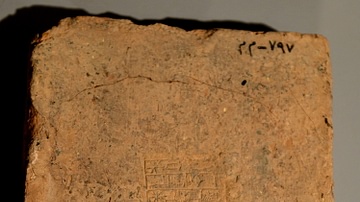
Image
Mud-brick of Amar-sin
The cuneiform inscriptions stamped on this mud-brick mention the name of Amar-sin, king of Ur. Amar-sin was the 3rd king of Ur III Dynasty, and son of Shulgi. From Mesopotamia, modern-day Iraq. Neo-Sumerian period, Ur III, end of the 3rd...
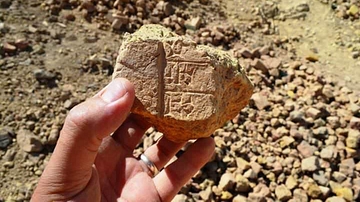
Image
Stamped Brick From Borsippa
A stamped mud-brick with a cuneiform inscription. From the ziggurat and temple of God of Nabu Borsippa, Babel Governorate, Iraq. The temple and ziggurat were destroyed in 484 BCE during the suppression of a revolt against the Achaemenid king...
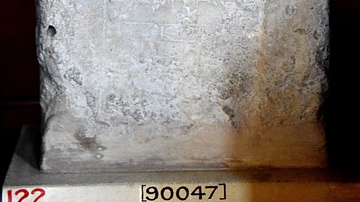
Image
Mud Brick Stamped with the Name of Warad-Sin
This baked-mud brick was stamped with the name of king Warad-Sin, king of Larsa; reigned 1770-1758 BCE (short chronology) and possible co-regency with his father Kudur-Mabuk. The cuneiform inscriptions mention the building of the temple of...
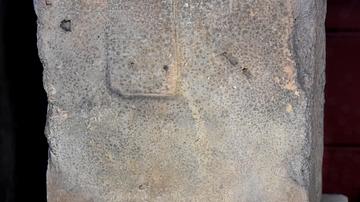
Image
Mud Brick Stamped with the Name of King Ishme-Dagan
This baked-mud brick was stamped with the name of king Ishme-Dagan; he was the 4th king in the First Dynasty of Isin and son of Iddin-Dagan. From Ur, southern Mesopotamia, Iraq. Isin-Larsa period, circa 1889-1871 BCE. (The British Museum...

Article
Harappa: An Overview of Harappan Architecture & Town Planning
Harappa is a large village presently in the province of Punjab in Pakistan. The modern town is a part of and lies next to the ancient city. The site of Harappa is important in that it has provided proof of not just the Indus Valley Civilization...

Image
Glazed Brick Guardsman from Susa, Iran
This was part of a frieze depicting rows of guards. The vivid colors show how the carved stone sculptures would have looked when they were painted. The guards were thought to be members of the 10,000 special royal guards. They were said to...
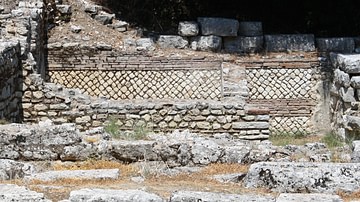
Article
Roman Walls
The many Roman walls still visible today throughout Europe and the Mediterranean, be they defensive walls such as the Servian Wall or house and monument walls, tell us a great deal about the evolution of Roman construction techniques. Roman...

Article
Roman Women in Business
Roman women faced legal, ideological, and cultural limitations in several areas of their lives; deep-rooted traditions regarding the role of women in the Roman world resulted in pre-conceived views which saw women characterised by weakness...

Definition
Roman Architecture
Roman architecture continued the legacy left by Greek architects and the established architectural orders, especially the Corinthian. The Romans were also innovators and they combined new construction techniques and materials with creative...

Definition
Ziggurat
A ziggurat is a form of monumental architecture originating in ancient Mesopotamia which usually had a rectangular base and was built in a series of steps up to a flat platform upon which a temple was raised. The ziggurat was an artificial...